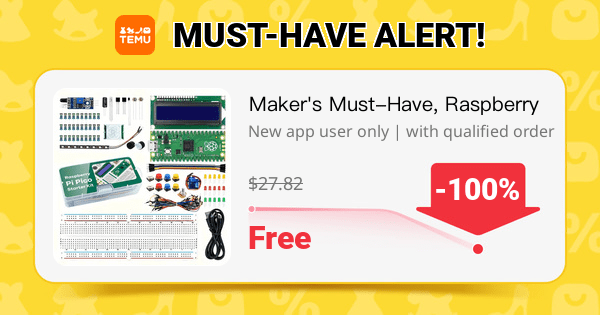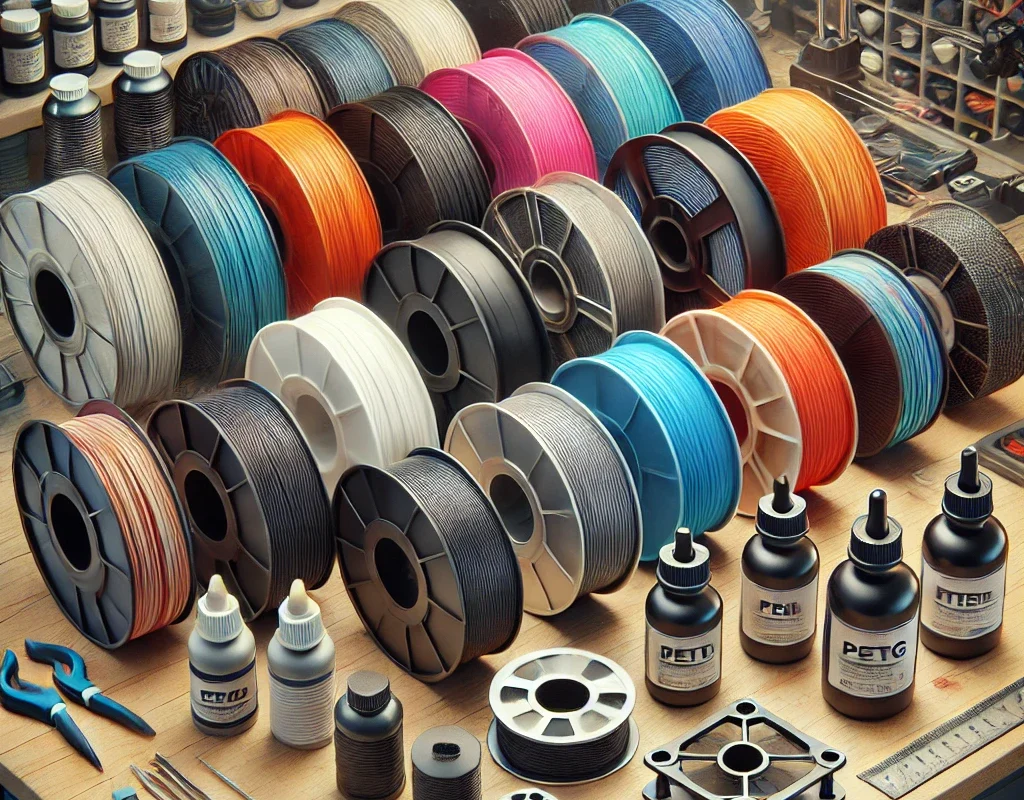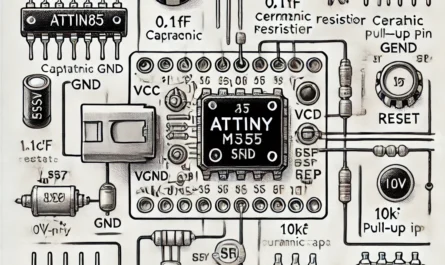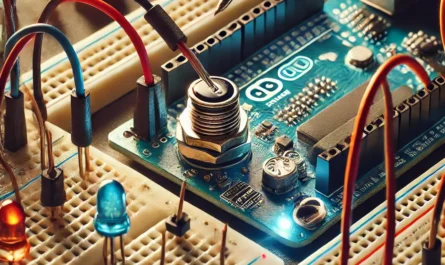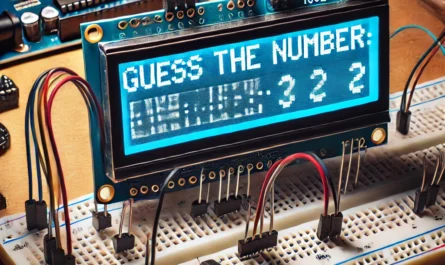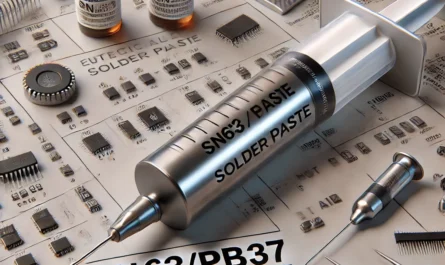3D printing is revolutionizing the world with materials that can create strong, flexible, conductive, and even biodegradable objects! 🚀✨ Whether you’re printing a robot, a prosthetic limb, or a piece of art, the right material makes all the difference! Let’s dive deep into the best materials for 3D printing and their applications. 🔍⚙️
🌟 1. Plastics (Thermoplastics) – The Most Common Materials 🏗️
Plastics are the backbone of 3D printing. They’re affordable, versatile, and easy to print. These materials are perfect for prototyping, mechanical parts, and artistic creations.
🔹 PLA (Polylactic Acid) – The Eco-Friendly Choice 🌱
✔ Biodegradable & made from corn starch 🌽
✔ Easy to print (low warping, no heated bed needed) 🎨
✔ Great for beginners 🏆
❌ Brittle & not heat-resistant (warps at ~60°C) 🔥
📌 Used for: Prototypes, toys, decorative objects, eco-friendly packaging.
🔹 ABS (Acrylonitrile Butadiene Styrene) – Tough & Durable 🏋️
✔ Stronger & heat-resistant (softens at ~100°C) 🔥
✔ Good impact resistance (LEGO is made of ABS!) 🎲
✔ Can be smoothed with acetone for a glossy finish ✨
❌ Prone to warping (requires a heated bed) ⚠️
❌ Releases fumes – needs ventilation! 🌬️
📌 Used for: Functional parts, enclosures, automotive components. 🚗
🔹 PETG (Polyethylene Terephthalate Glycol) – Tough but Flexible 🦾
✔ Stronger than PLA, easier than ABS 💪
✔ Slightly flexible – great for impact resistance! ⚡
✔ Resistant to moisture & chemicals 🧪
❌ Stringing & oozing can be an issue 🕸️
📌 Used for: Food containers, mechanical parts, phone cases. 📱
🔹 TPU / TPE (Flexible Filament) – The Rubber-Like Material 🏎️
✔ Super flexible & elastic 🏄
✔ Great for shock absorption 🚀
✔ Used in soft robotics 🤖
❌ Harder to print (requires slow speed & direct drive extruder) ⚠️
📌 Used for: Shoe soles, phone grips, car tires. 🏁
🔩 2. High-Performance Plastics – Industrial-Grade Materials 🏭
If you need high strength, chemical resistance, or extreme durability, these materials are for you! 🚀
🔹 Nylon (Polyamide) – Ultra-Strong & Wear-Resistant 🦾
✔ Flexible yet durable (used in gears & hinges) ⚙️
✔ Great for industrial and mechanical parts 🏗️
✔ Self-lubricating – perfect for moving parts! 🏎️
❌ Absorbs moisture, requires dry storage 🌊
📌 Used for: Gears, hinges, medical implants. 🏥
🔹 PC (Polycarbonate) – Super Tough & Heat Resistant 🔥
✔ Incredibly strong (bulletproof glass is made of PC!) 🛡️
✔ High impact & heat resistance (softens at ~150°C!) 🌡️
❌ Difficult to print – requires high temps (~300°C) and enclosure ⚠️
📌 Used for: Helmets, protective casings, aerospace parts. ✈️
🔹 PEEK / PEI (ULTEM) – The Ultimate High-Temp Material 🚀
✔ Used in aerospace & medical fields 🏥
✔ **Can withstand 300°C+ temperatures! 🔥
❌ Extremely expensive & hard to print 💰
📌 Used for: Aircraft components, medical implants. 🏗️
🛠️ 3. Composite Filaments – Strength + Functionality 🦾
Composite filaments mix plastic with other materials for added strength, conductivity, or aesthetics.
🔹 Carbon Fiber-Filled Filaments – Lightweight but Super Strong 💪
✔ Much stiffer & lighter than pure plastics 🚀
✔ Great for aerospace & automotive applications ✈️
❌ Wears out nozzles fast – requires hardened steel nozzle ⚠️
📌 Used for: Drones, race car parts, tools. 🏁
🔹 Wood-Filled Filaments – Looks & Feels Like Real Wood 🌳
✔ PLA mixed with wood fibers (oak, bamboo, etc.) 🪵
✔ Can be sanded & stained like real wood! 🎨
❌ Clogs nozzles if printed too fast ⚠️
📌 Used for: Decorative models, architectural designs. 🏡
🔹 Metal-Filled Filaments – Heavy & Realistic ⚙️
✔ Contains metal powders (bronze, copper, steel) 🏗️
✔ Can be polished to look like real metal! ✨
❌ Very dense – requires a strong extruder ⚠️
📌 Used for: Statues, props, mechanical parts. 🏆
🔬 4. Resins – For High-Detail SLA Printing 🎨
Unlike FDM filaments, resins are used in SLA 3D printers to produce extremely fine details.
🔹 Standard Resin – Smooth & Detailed 🎭
✔ Perfect for miniatures & jewelry 💍
✔ High precision & surface quality 🖼️
❌ Brittle & sensitive to sunlight ☀️
📌 Used for: Figurines, dental models, prototypes. 👑
🔹 Flexible Resin – Soft & Bendable 📎
✔ Bends without breaking 🤸
✔ Great for wearable parts 🏃♂️
❌ More expensive & slower curing 🕰️
📌 Used for: Soft-touch buttons, gaskets, wearable tech. 🎧
🔹 Tough Resin – Stronger & Impact-Resistant 🏋️
✔ Similar to ABS in strength! 🏗️
✔ Great for functional prototypes! 🏎️
📌 Used for: Engineering prototypes, mechanical parts. 🔩
⚡ 5. Specialty Materials – The Future of 3D Printing 🚀
These materials push the limits of what’s possible in electronics, medicine, and aerospace.
🔹 Conductive Filaments – For Printing Electronics ⚡
✔ Can print circuits directly into objects! 🔌
✔ Great for embedded sensors & flexible electronics! 🤖
❌ Limited conductivity – not as good as wires ⚠️
📌 Used for: Wearable tech, touch-sensitive surfaces. 👕
🔹 Biodegradable & Recyclable Filaments – Eco-Friendly! 🌱
✔ Made from recycled plastic or biodegradable compounds! ♻️
✔ Reduces waste in 3D printing! 🌍
📌 Used for: Sustainable projects, packaging. 📦
🔥 Choosing the Right 3D Printing Material 🏗️
| Material | Best For | Pros | Cons |
|---|---|---|---|
| PLA | Beginners, Eco-friendly projects | Easy to print, Biodegradable 🌱 | Brittle, Low heat resistance |
| ABS | Strong functional parts | Heat-resistant, Impact-resistant | Warping, Fumes |
| PETG | Mechanical parts, Food-safe prints | Strong, Flexible, Water-resistant | Stringing issues |
| Nylon | Gears, Moving parts | Tough, Self-lubricating | Moisture-sensitive |
| Resins | High-detail prints | Super smooth, Precise | Brittle, Requires post-processing |
🚀 Final Thoughts
The perfect 3D printing material depends on your project! 🎯
- Prototyping? Go with PLA! ✅
- Functional parts? Try ABS or PETG! ⚙️
- Super strength? Nylon, PC, or Carbon Fiber! 💪
- Insane details? Use resins! 🎨
